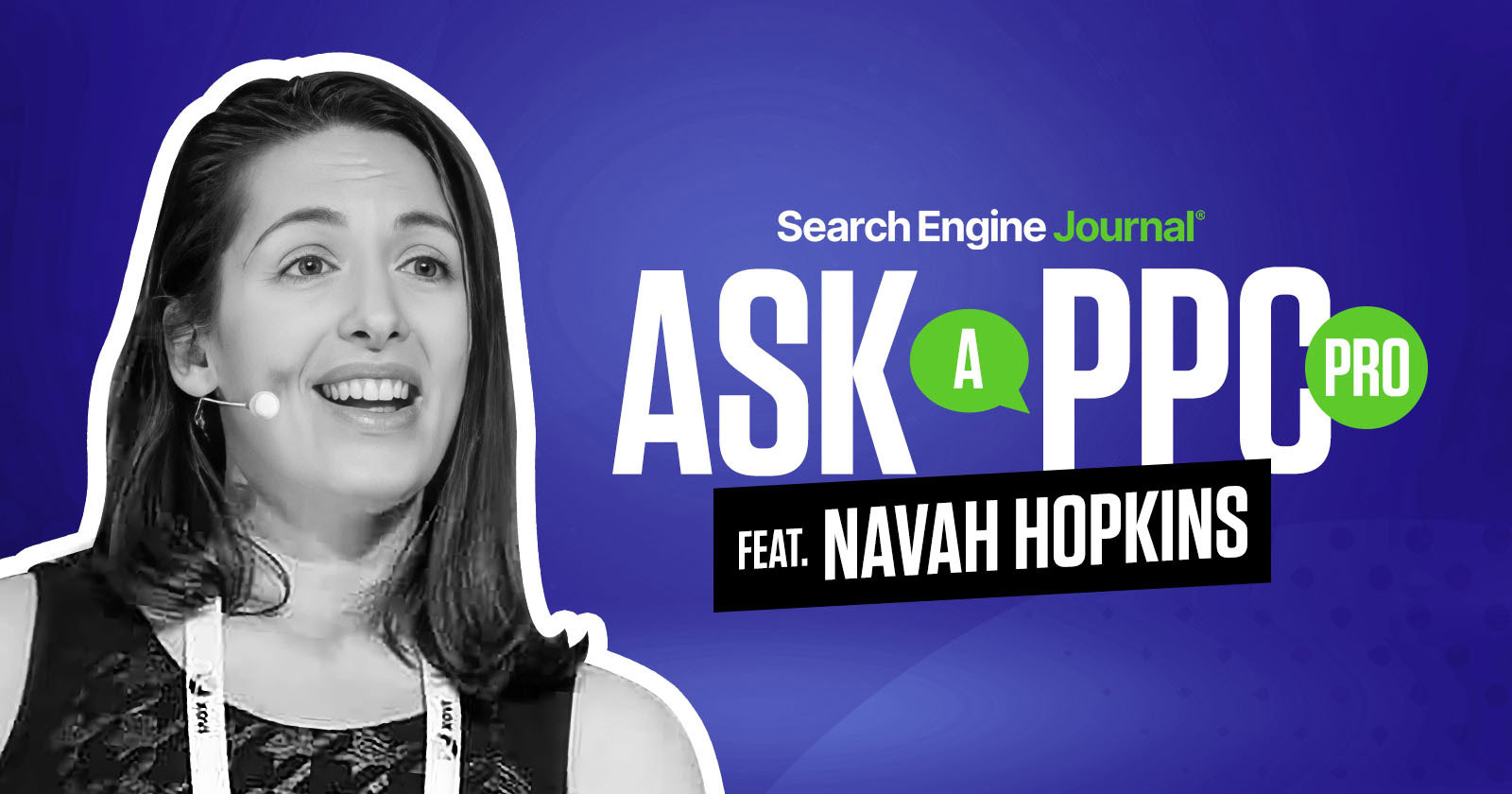When to Let Go: Recognize the Point of Diminishing Returns in Revision
Embrace the fact that creation is never truly finished—it’s simply released at a point where it can begin its life in the world.


Today’s guest post is by author and writing coach Seth Harwood.
As a writing coach, I’ve witnessed a scene that plays out with remarkable consistency: a talented writer, manuscript pages spread across their desk, making the same small changes for the fifth time, unable to stop tinkering with a project they’ve been working on for months or years.
“I just need to fix this one more section,” they insist. “Then it will be ready.”
But will it ever be ready? This is one of the most challenging questions writers face, and it’s one I help clients navigate almost daily.
The revision trap
The journey from first draft to final manuscript isn’t linear. It’s a spiral—each pass bringing you closer to the center, to the heart of what your story wants to be. But at some point, that spiral can become a closed loop, where you’re no longer moving forward but simply circling the same territory over and over.
This is what I call the revision trap, and the symptoms are unmistakable:
- You’re changing words back to what they were two revisions ago
- You feel intense anxiety about the manuscript but can’t pinpoint specific problems
- Small changes consume hours as you obsess over minute details
- You can no longer tell if your changes are improving the work or merely making it different
- Each revision session leaves you feeling more depleted rather than satisfied
A client recently told me, “I can’t go through it without making changes. It’s like a disease.” This level of compulsive editing is a warning sign that you’ve moved beyond productive revision into something else entirely.
The psychology behind the inability to let go
Why is it so difficult to declare a manuscript “done”? Several psychological factors are at play:
1. Perfectionism
Perfect is the enemy of finished. Many writers hold impossible standards, comparing their messy manuscripts to polished, published books. Remember that even those published works were likely declared “good enough” by their authors, not “perfect.”
2. Identity protection
For as long as your manuscript remains “in progress,” it’s safe from real-world judgment. Finishing means vulnerability—submitting to agents, sharing with readers, inviting criticism. Continuous revision can be a subconscious shield against that exposure.
3. Diminishing objectivity
After multiple reviews of the same material, you lose perspective. Words become familiar to the point of invisibility, making it impossible to see what’s actually on the page.
4. The moving target problem
Without clear criteria for what constitutes “done,” the finish line constantly changes. You achieve what you thought was your goal, only to discover a new set of concerns.
Recognizing the point of diminishing returns
How do you know when you’ve reached the point where further revision won’t meaningfully improve your manuscript? Look for these indicators:
1. Your battery is running low
Creation requires energy, and revision can be particularly draining because it demands both creative and analytical thinking. When your enthusiasm for the project has been replaced by dread or anxiety, it’s often a sign you need distance, not more revision.
2. You’re making changes without clear purpose
Early revisions typically address specific problems: plot holes, character inconsistencies, pacing issues. If you find yourself making arbitrary changes—switching “walked quickly” to “hurried,” then back to “walked quickly” in successive drafts—you’ve likely exhausted your meaningful revisions.
3. Feedback has become circular
When beta readers or critique partners begin offering contradictory feedback or focus exclusively on subjective preferences rather than substantive issues, you’re not in a good place.
4. You’re caught in micro-editing
If you’ve gone from restructuring chapters to reworking paragraphs to obsessing over individual word choices, you’ve likely moved from macro to micro concerns—a natural progression that eventually leads to completion.
Practical strategies for letting go
Once you recognize you might be stuck in the revision loop, how do you extract yourself? Here are strategies I’ve found effective with my coaching clients:
1. Create a strategic distance plan
Instead of an open-ended revision process, establish specific phases with clear outputs. For example:
- Structural revision (reworking plot, character arcs)
- Scene-level revision (pacing, tension, dialogue)
- Line editing (language, clarity, voice)
- Proofreading (grammar, typos)
Commit to moving through these phases sequentially without backtracking.
2. Set a concrete deadline
“I’ll send this manuscript to my editor by June 30.” Having a specific, externally accountable deadline creates the necessary pressure to finalize decisions. This is particularly effective if the deadline involves someone else—your agent, a contest submission, a writing conference.
3. Implement the “three revisions” rule
After making a change, allow yourself to revise it twice more. After that, it stays as is. This prevents endless cycling on the same elements and forces you to commit.
4. Create a “future book” file
When you have ideas for changes that would require significant reworking at a late stage, document them in a separate file for potential incorporation in future editions or your next book. This acknowledges the value of the idea without derailing your completion timeline.
5. Solicit a final read-through from a fresh reader
Find someone who hasn’t seen previous versions of your manuscript. Their feedback will lack the comparative element of “I liked the previous version better” and instead focus on whether the current version works as a standalone reading experience.
The counterintuitive truth about “done”
Here’s what many writers don’t realize until they’ve published multiple books: “Done” rarely means “perfect.” Instead, it means “the best I can make it within the constraints of time, energy, and my current skill level.”
In my experience coaching writers through dozens of completed manuscripts, I’ve observed that the most successful authors aren’t those who revise indefinitely. They’re the ones who understand when a manuscript has crossed the threshold from “needs work” to “ready enough.”
As one client put it after finally submitting her manuscript to her agent: “I could have kept working on it forever, but at some point, I had to trust that what I’d done was good enough to stand on its own.”
When good enough is truly good enough
Consider these benchmarks for “good enough”:
- The primary structural issues have been addressed
- The main character arcs are complete and coherent
- The pacing feels appropriate for your genre
- You’ve fixed the issues that you yourself identified as problems
- The writing is clean, clear, and free of major errors
If your manuscript meets these criteria, it’s likely ready for the next step, whether that’s querying agents, submitting to a publisher, or self-publishing.
A final word of encouragement
Letting go doesn’t mean abandoning your standards or settling for mediocrity. It means recognizing that creation is never truly finished—it’s simply released at a point where it can begin its life in the world.
Remember: your growth as a writer doesn’t end with this manuscript. The skills you develop in your next project will far outpace what you might gain from the twentieth revision of your current one.
Trust that you’ve done the work. Trust that readers will connect with your story. And most importantly, trust that by letting go of this manuscript, you’re making space for the next one, which will benefit from everything you’ve learned in the process.
The greatest gift you can give your writing isn’t one more revision—it’s the chance to be read.

























![Brand and SEO Sitting on a Tree: K-I-S-S-I-N-G [Mozcon 2025 Speaker Series]](https://moz.com/images/blog/banners/Mozcon2025_SpeakerBlogHeader_1180x400_LidiaInfante_London.png?auto=compress,format&fit=crop&dm=1749465874&s=56275e60eb1f4363767c42d318c4ef4a#)

![How To Launch, Grow, and Scale a Community That Supports Your Brand [MozCon 2025 Speaker Series]](https://moz.com/images/blog/banners/Mozcon2025_SpeakerBlogHeader_1180x400_Areej-abuali_London.png?auto=compress,format&fit=crop&dm=1747732165&s=beb7825c980a8c74f9a756ec91c8d68b#)
![Clicks Don’t Pay the Bills: Use This Audit Framework To Prove Content Revenue [Mozcon 2025 Speaker Series]](https://moz.com/images/blog/banners/Mozcon2025_SpeakerBlogHeader_1180x400_Hellen_London.png?auto=compress,format&fit=crop&dm=1747758249&s=9f3c5b1b7421f862beace1cb513053bb#)























![The 11 Best Landing Page Builder Software Tools [2025]](https://www.growthmarketingpro.com/wp-content/uploads/2024/04/best-landing-page-software-hero-image-1024x618.png?#)


































![How To Build AI Tools To Automate Your SEO Workflows [MozCon 2025 Speaker Series]](https://moz.com/images/blog/banners/Mozcon2025_SpeakerBlogHeader_1180x400_Andrew_London-1.png?auto=compress,format&fit=crop&dm=1749642474&s=7897686f91f4e22a1f5191ea07414026#)














![Marketers Using AI Publish 42% More Content [+ New Research Report]](https://ahrefs.com/blog/wp-content/uploads/2025/06/marketers-using-ai-publish-42-more-by-ryan-law-data-studies-1.jpg)














![Social media image sizes for all networks [June 2025]](https://blog.hootsuite.com/wp-content/uploads/2023/01/Social-Media-Image-Sizes-2023.png)


![The HubSpot Blog’s AI Trends for Marketers Report [key findings from 1,000+ marketing pros]](https://www.hubspot.com/hubfs/state-of-AI-1-20240626-53394.webp)
![AI can boost conversions from your web page — HubSpot’s CMO shows you how [tutorial]](https://knowledge.hubspot.com/hubfs/ai-1-20250605-395473.webp)
![The state of inclusive marketing in 2025 [new data + expert insight]](https://www.hubspot.com/hubfs/inclusive-marketing-report.webp)



















